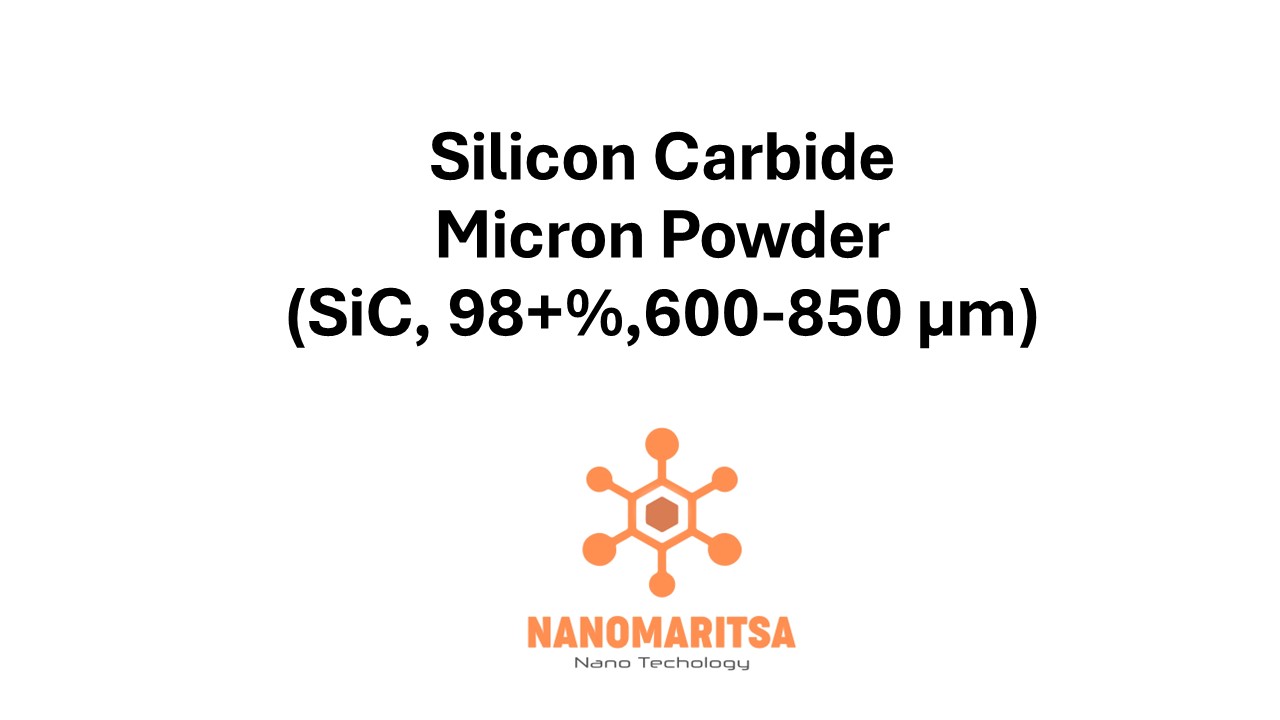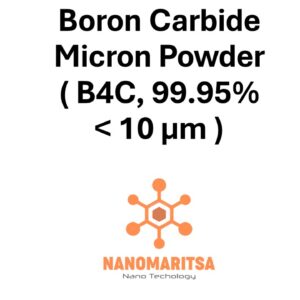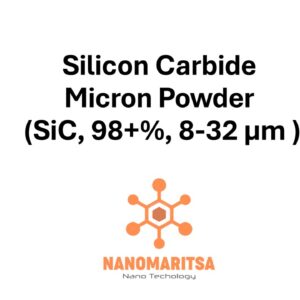Silicon Carbide Micron Powder (SiC, 98+%, 600–850 µm) is a high-performance ceramic material valued for its exceptional hardness, thermal conductivity, and resistance to wear and chemical attack. With a particle size range of 600 to 850 micrometers and a purity of 98+%, this powder is tailored for industrial applications requiring durability, efficient heat dissipation, and reliability under extreme conditions. It is widely used in industries such as abrasives, automotive, aerospace, and energy systems.
1. Key Properties
Exceptional Hardness Provides superior wear and abrasion resistance, ideal for demanding industrial applications.
Thermal Conductivity Ensures efficient heat dissipation, maintaining performance in high-temperature environments.
Chemical Resistance Withstands oxidation and aggressive chemical conditions, ensuring long-term durability.
Mechanical Strength Retains structural integrity under significant mechanical and thermal stress.
Particle Size (600–850 µm) Optimized for applications requiring larger particles to enhance performance in industrial processes.
Purity (98+%) Combines reliable performance with cost-efficiency for large-scale industrial use.
2. Applications
Abrasives and Cutting Tools Widely used in grinding, polishing, and heavy-duty cutting tools for its hardness and wear resistance.
Thermal Management Systems Ideal for heat-resistant coatings, heat sinks, and thermal interface materials.
Industrial Ceramics Incorporated into refractory and high-strength ceramics for advanced manufacturing processes.
Automotive Components Applied in brake systems, clutches, and wear-resistant parts to enhance performance and longevity.
Aerospace Engineering Supports lightweight, durable components for high-stress, high-temperature environments.
Energy Systems Utilized in renewable energy technologies, including high-temperature batteries and fuel cells.
3. Advantages
Superior Wear Resistance Extends the service life of tools and components in abrasive and high-stress environments.
Thermal Stability Performs reliably under extreme heat, suitable for high-temperature applications.
Chemical Durability Maintains integrity in chemically aggressive and oxidizing environments.
Optimized Particle Size Supports uniformity and efficiency in manufacturing and application processes.
Cost-Effective Purity Balances performance and affordability for large-scale industrial use.
4. Recent Trends and Research
Advanced Abrasive Technologies Research focuses on enhancing SiC for high-performance grinding, cutting, and polishing tools.
Thermal Management Innovations Studies explore SiC’s role in advanced heat dissipation systems for industrial and electronic systems.
Automotive and Aerospace Applications Efforts aim to integrate SiC into lightweight, durable components for vehicles and aircraft.
Energy Systems Development Research investigates SiC’s use in renewable energy technologies, such as fuel cells and thermal storage devices.
Additive Manufacturing Developments leverage SiC powders for producing high-precision, high-performance components through advanced 3D printing.
5. Future Prospects
Industrial Abrasives SiC will continue to play a critical role in creating durable and efficient abrasive tools for industrial applications.
Thermal Management Systems Its role in advanced heat dissipation technologies will expand with progress in energy and electronics systems.
Aerospace and Automotive Innovations SiC’s properties will support advancements in next-generation vehicles and aircraft components.
Renewable Energy Technologies The use of SiC in sustainable energy systems will grow as industries prioritize green technologies.
Eco-Friendly Manufacturing Research into sustainable production and recycling methods will enhance SiC’s appeal in environmentally conscious industries.
With its 600–850 µm particle size, 98+% purity, and exceptional mechanical, thermal, and chemical properties, Silicon Carbide Micron Powder (SiC) is a versatile material for advanced applications in abrasives, thermal management, and heavy-duty industrial manufacturing. Its reliability and adaptability ensure its continued importance in modern materials science and engineering.






